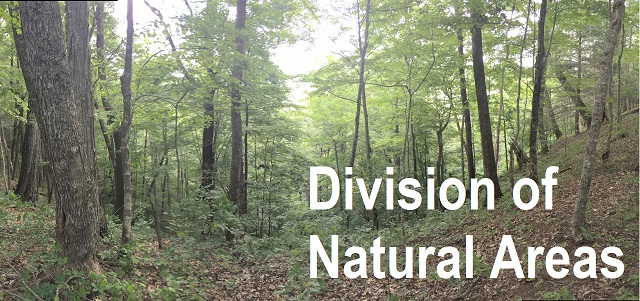Title
Land snail diversity can reflect degrees of anthropogenic disturbance
Document Type
Article
Publication Date
2-2013
DOI
10.1890/ES12-00361.1
Abstract
Faunal indicators of old-growth forests in heavily-disturbed regions are virtually non-existent. However, land snails, in particular micro-snails, could reflect the impact of land-use on ecosystem integrity. Because of their size, limited mobility, and propensity to spend their entire lives at one locality due to lack of migratory behavior, micro-snails are susceptible to changes in land-use within forested ecosystems. Therefore, we proposed the hypothesis that micro-snails would reflect land-use in forested ecosystems. We sampled snail communities in paired old-growth and second-growth forests in three distinct ecoregions. Species diversity, richness, and abundance were greater in two of the three old-growth sites compared to paired second-growth sites. Across all of the ecoregions, 21 out of 70 species had an affinity for old-growth. Eighteen of which were statistically significant. These results suggest that anthropogenic disturbance plays a key role in shaping species diversity and community structure of land snail fauna. However, site specific factors also appear to be important moderators of the response, and the mechanisms of the process remain to be studied. Snails appear to be a promising group of organisms to use as indicators of historic forest disturbance. In order to maintain ecological integrity, forest managers should consider management strategies that are low impact and protect existing patches of old-growth forests.
Recommended Citation
Douglas, D. A., D. R. Brown, and N. Pederson. 2013. Land snail diversity can reflect degrees of anthropogenic disturbance. Ecosphere 4:28. http://dx.doi.org/10.1890/ES1812- 00361.00361.



Comments
"Funding was provided by The Kentucky Academy of Science, The Kentucky Society of Natural History, and the Eastern Kentucky University Division of Natural Areas. The authors wish to thank M. Wilder of EKU Natural Areas, R. Watts of Lilley Cornett Woods, B. James of Kentucky State Nature Preserves, Z. Weese of The Kentucky Natural Heritage Land Trust, and B. Howard of The Kentucky Division of Forestry for logistical support and for allowing access to the study sites. A. Drayer and M. Guidugli of EKU aided in field work and sample collection. D. Dourson of the Belize Foundation for Research and Environmental Education and R. Caldwell of Lincoln Memorial University helped with identification of specimens. T. Smith of Agriculture and Agri-Food Canada provided guidance with statistical analyses. This is contribution No. 21 of Lilley Cornett Woods Appalachian Ecological Research Station." (p. 9-10)